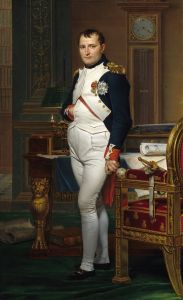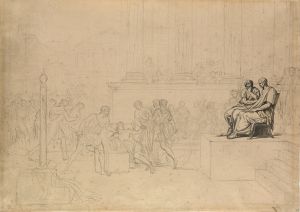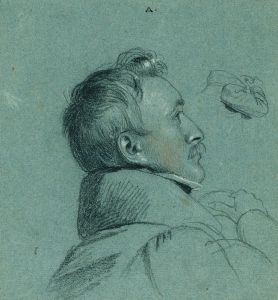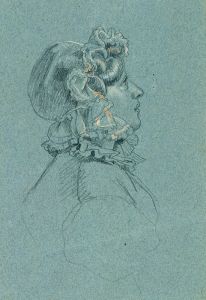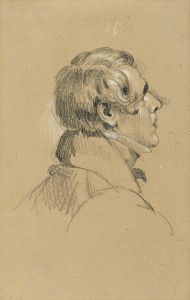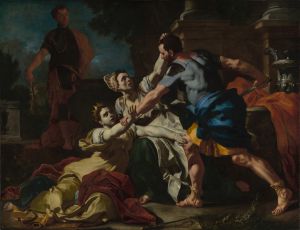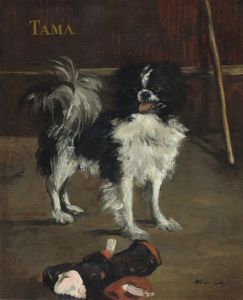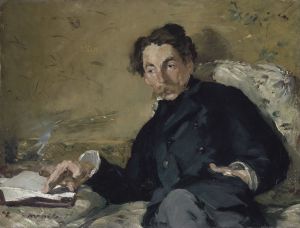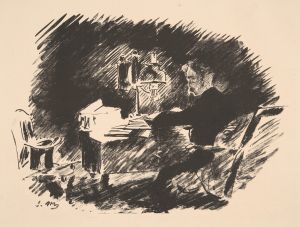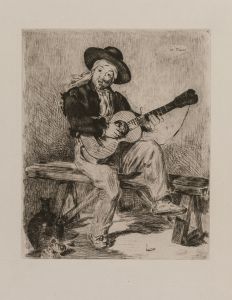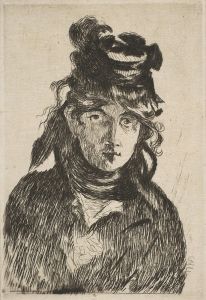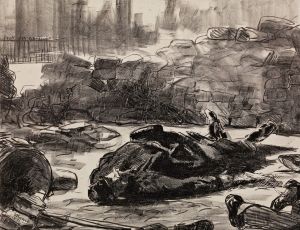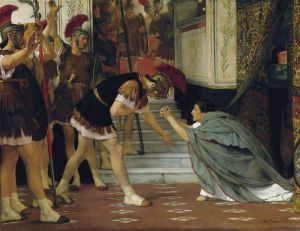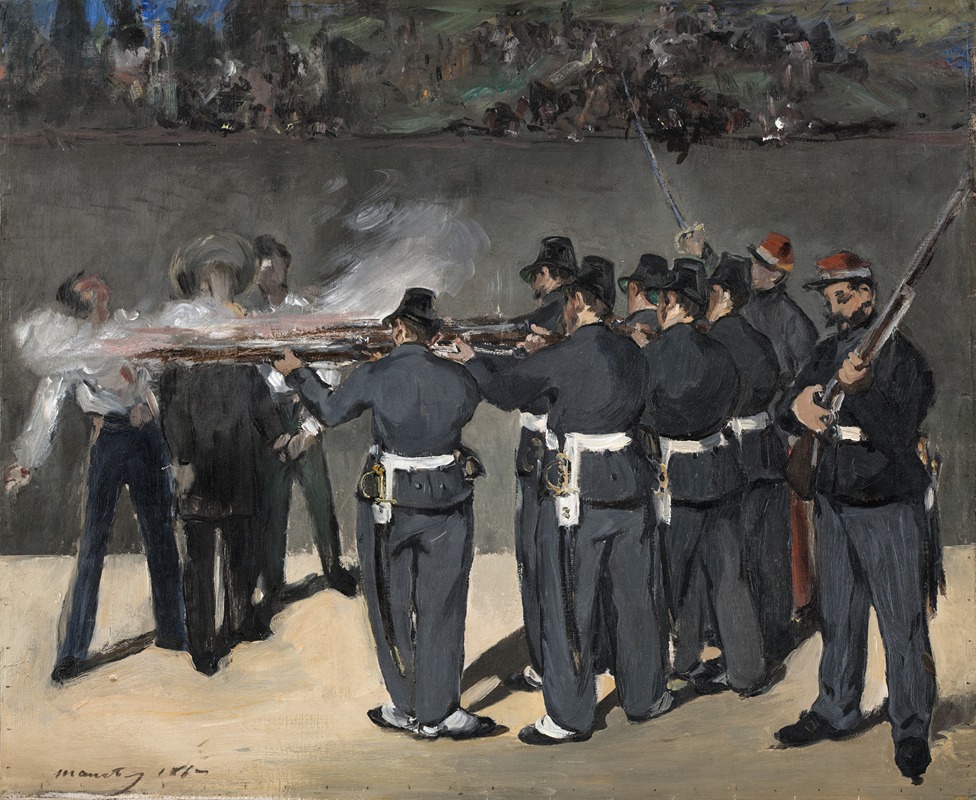
The Execution Of Emperor Maximilian
A hand-painted replica of Édouard Manet’s masterpiece The Execution Of Emperor Maximilian, meticulously crafted by professional artists to capture the true essence of the original. Each piece is created with museum-quality canvas and rare mineral pigments, carefully painted by experienced artists with delicate brushstrokes and rich, layered colors to perfectly recreate the texture of the original artwork. Unlike machine-printed reproductions, this hand-painted version brings the painting to life, infused with the artist’s emotions and skill in every stroke. Whether for personal collection or home decoration, it instantly elevates the artistic atmosphere of any space.
The Execution of Emperor Maximilian is a series of paintings created by the French artist Édouard Manet between 1867 and 1869. These works depict the execution of Emperor Maximilian I of Mexico, who was overthrown and executed by a firing squad on June 19, 1867, in Querétaro, Mexico. The series is considered one of Manet's most politically charged works, reflecting his engagement with contemporary events and his critique of political power and injustice.
The paintings were inspired by the widely reported execution of Maximilian, an Austrian archduke who had been installed as Emperor of Mexico by French forces under Napoleon III. Maximilian's reign was part of a French intervention in Mexico, which sought to establish a monarchy in the region. However, his rule faced strong resistance from Mexican republicans led by Benito Juárez. After French troops withdrew from Mexico in 1866, Maximilian was captured by republican forces and sentenced to death.
Manet's series includes several versions of the scene, each varying in composition and detail. The most well-known version, completed in 1868–1869, is housed in the Kunsthalle Mannheim in Germany. This version shows Maximilian standing alongside two of his generals, Miguel Miramón and Tomás Mejía, moments before their execution. The firing squad is depicted in military uniforms resembling those of French soldiers, a deliberate choice by Manet to criticize France's role in the events leading to Maximilian's death.
The composition of the paintings draws inspiration from Francisco Goya's famous work The Third of May 1808, which depicts the execution of Spanish civilians by Napoleonic troops. Like Goya, Manet uses stark contrasts and dramatic gestures to convey the brutality of the scene. However, Manet's approach is more detached and less emotional, emphasizing the political implications of the event rather than its emotional impact.
Manet faced significant challenges in exhibiting the works due to their controversial subject matter. The French government, which had supported Maximilian's regime, was reluctant to acknowledge its role in the debacle. As a result, the paintings were not publicly displayed during Manet's lifetime. They were later recognized as important works of art and are now considered key examples of Manet's engagement with modern history and his innovative approach to painting.
In addition to the version in Mannheim, other fragments and studies related to the series are held in various collections, including the National Gallery in London and the Ny Carlsberg Glyptotek in Copenhagen. These works collectively demonstrate Manet's evolving interpretation of the subject and his commitment to documenting a significant historical event through his art.





